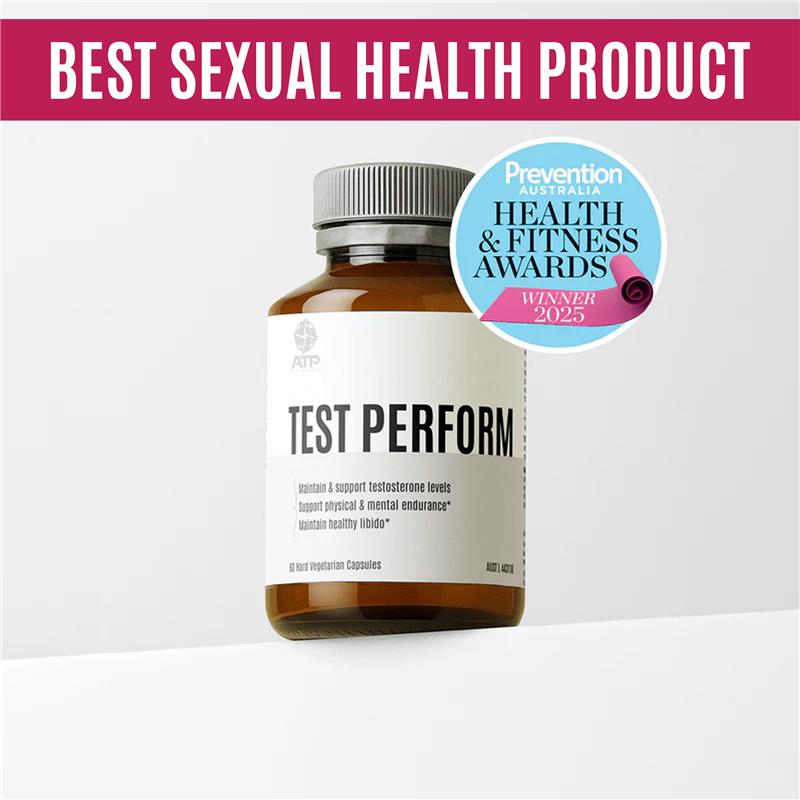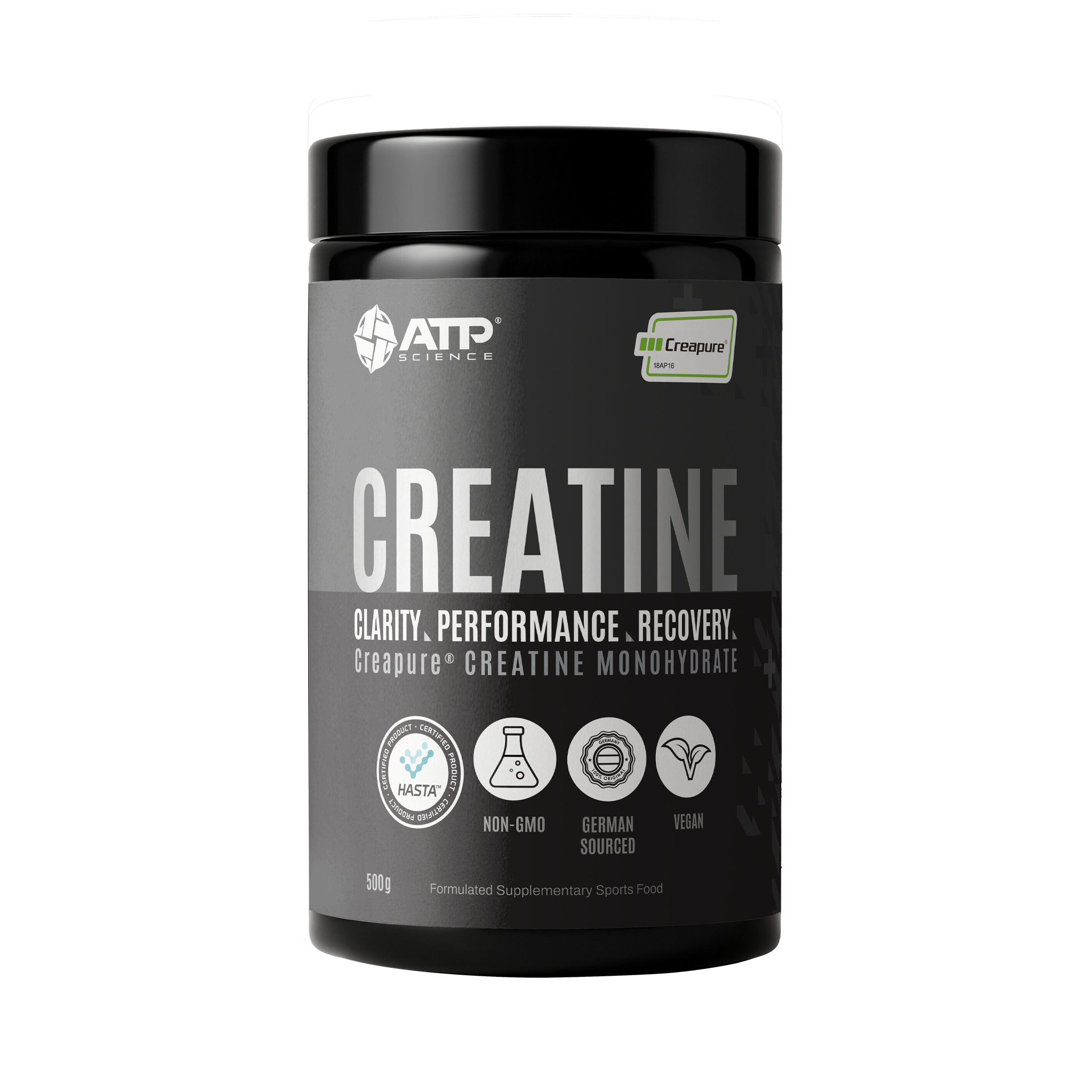Laughter is probably one of the most complex of human emotions, it can be exhibited in response to one’s environment, situation, or stimuli that they have around them. Finding out why humans laugh has been an interesting journey on its own, as humans it’s estimated that we begin to laugh as early as 3 months of life[1]. Laughing is perceived to be an innate social benefit that humans show to build trust and resonance with others, and in an environment where we are in a group, we are 30 x more likely to exhibit laughter than in a 1 on 1 scenario[1]. Evolutionary speaking, laughing would be of great benefit to establish intentions from a stranger you came across in passing and wanted to establish that you meant no harm.
Healing benefits of laughing?
Are there healing benefits to laughing? It was unknown that healing from laughter was something that was achievable until it was explored only as recently as 1979. Norman Cousins published “anatomy of an illness”, and in this claimed that laughter appeared to have an analgesic effect on his Ankylosing Spondylitis. From this point onwards, further endeavours in the fields of psychoneuroimmunology (a bit of a tongue twister) have begun to understand the effects of laughter on the human body[1].
There are 5 forms of laughter that humans exhibit:
- Genuine (spontaneous)
- Self-induced (stimulated)
- Physical (tickling sensations)
- Induced (drugs)
- Pathological (through the disorder of emotion)
Pathological laughter is often described as such due to damage that occurred to the pathways in the cortex of the brain and the brain stem.
Psychological meets physical
Commonly acknowledged benefits of laughter on our mood, improving effects on depressive states, anxiety, and stress[2]. This being said, physical benefits are starting to come to light, with a few variables, but still good news all around.
In one study of 87 participants, subjects were exposed to upbeat music by Mozart followed by a video of a laughing baby vs music from the movie Schindlers list and the video of a news report of an earthquake; showed to significantly affect performance on a creative thinking task and visual complex problem-solving[3]. In another study on 33 people, they investigated the effects of mirthful (amused) laughter produced by watching a video showed an increase in natural killer cells by a mean of 15.77 LU. That being said, if the individual watched the video and did not laugh, there appeared to be a decrease in natural killer cells. The real results show mostly that of spontaneous (genuine) laughter, in a study on 10 subjects watching an hour-long video with humour in it all had their hormones measured prior to the experiment and afterwards. Cortisol went from a baseline of 240 to 90 in 30 mins after finishing the video compared to the control group which showed a significantly lesser difference in drop[4].
Does the type of laughter matter?
It appears that the type of laughter response doesn’t seem to affect the results/benefits more than another. The body still exhibits the same responses regardless if the laughter is self-induced or spontaneous. The physical act of laughing in itself is enough to create a physiological response.
Some health professionals are even including laughter therapy as part of their client recommended activities, this and the fact that laughter conveys trust and helps to break the ice more between the client and patient while maintaining professional boundaries. Laughter has also been known to help discussion, with topics between a health professional and the patient may be difficult to discuss in a firm and rigid setting. A patient may laugh at certain points to help buffer the seriousness and health professionals are seeing this more recently as a positive way to help get to the bottom of issues quicker than in a colder clinical setting[5].
What is the laughter prescription?
Physicians specialising in this newer method of approach have categorised the following forms of prescription for laughter. This seems funny to think about as it’s just laughter (pun intended) but, as we always say “you treat the individual”. An example of the laughter prescription one might receive looks similar to this:
- Frequency: Once per week
- Intensity: Belly laughing
- Duration: 30 mins
- Type: Your favourite sitcom
As there is no harm in experimenting with laughter, you could begin to establish and set aside times for yourself to run through a similar prescription that might work for you, or if you are seeing a counsellor, perhaps broach the topic to see if this is something they may see as beneficial to include in your homework before the next session.
Take home message…
As always, especially with topics like these, the data is still often very fresh and the results are speculative. More data is needed at greater population levels in trials with control groups to produce significant data that could see the groundwork established to lay specific claims to the therapeutic effects of laughter. That being said, this is one of the safest trials you can conduct on yourself, or do it in a group! There is a practice called laughing yoga and people rave about how great it makes them feel. If at the very least the only side effect is sore cheeks and abs from laughing, that seems like a safe risk to take to navigate the beneficial effects it can have on us as individuals.
Perhaps keep a journal and document how you feel after including a good belly laugh for a segmented time once or twice a week over a few weeks, that way you can check back into where you started and see how you feel in that moment now in reflection. Feel like a different person, a bit lighter, happier, etc? Good!
A much-loved quote from our favourite Patch Adams…
"People crave laughter as if it were an essential amino acid." - Patch Adams
References
- Louie, D., Brook, K., & Frates, E. (2016). The Laughter Prescription: A Tool for Lifestyle Medicine. American journal of lifestyle medicine, 10(4), 262–267. https://doi.org/10.1177/1559827614550279
- Foley E, Matheis R, Schaefer C. Effect of Forced Laughter on Mood. Psychological Reports. 2002;90(1):184-184. doi:10.2466/pr0.2002.90.1.184
- Nadler RT, Rabi R, Minda JP. Better mood and better performance. Learning rule-described categories is enhanced by positive mood. Psychol Sci. 2010 Dec;21(12):1770-6. doi: 10.1177/0956797610387441. Epub 2010 Oct 25. PMID: 20974709.
- Berk LS, Tan SA, Fry WF, Napier BJ, Lee JW, Hubbard RW, Lewis JE, Eby WC. Neuroendocrine and stress hormone changes during mirthful laughter. Am J Med Sci. 1989 Dec;298(6):390-6. doi: 10.1097/00000441-198912000-00006. PMID: 2556917.
- Seaward BL. Humor's healing potential. Health Prog. 1992 Apr;73(3):66-70. PMID: 10116744.


















